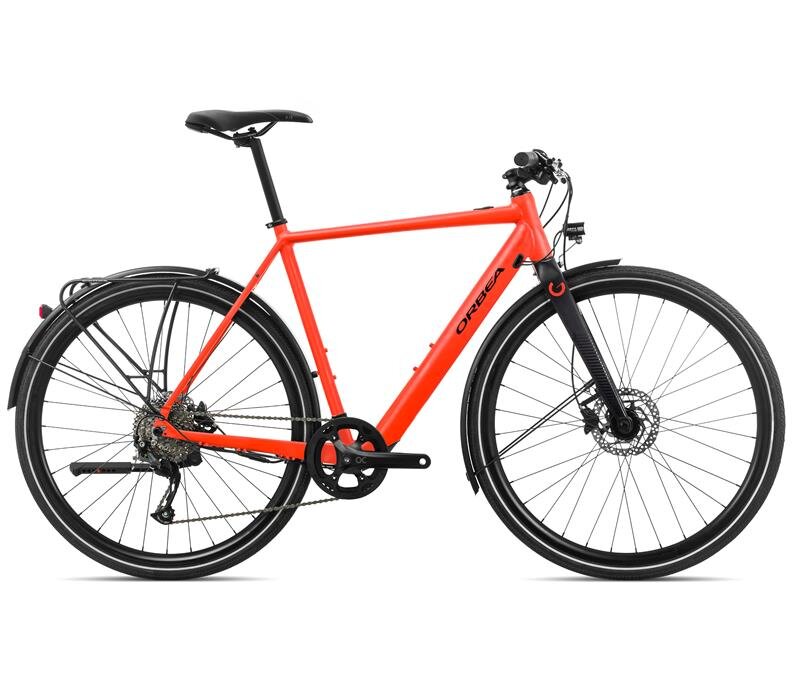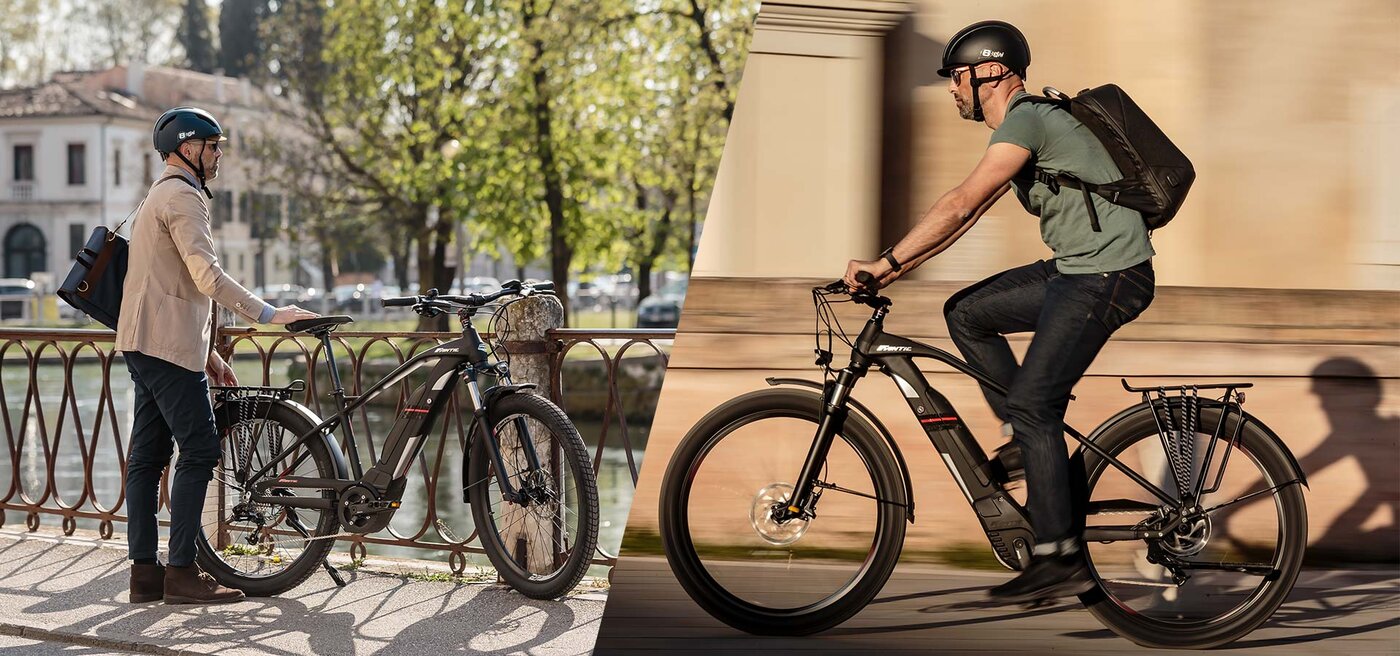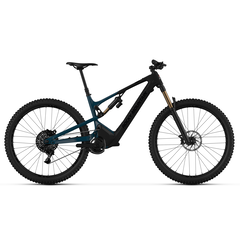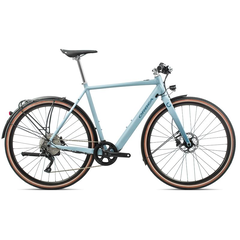Which bike is right for me?
Which bike you choose depends on different factors.
- What types of terrain you ride on
- The purpose of your ride, commuting or leisure, and when you enter the sports arena, your discipline.
- and of course your price range (as we are not all millionaires)
Different terrains include:
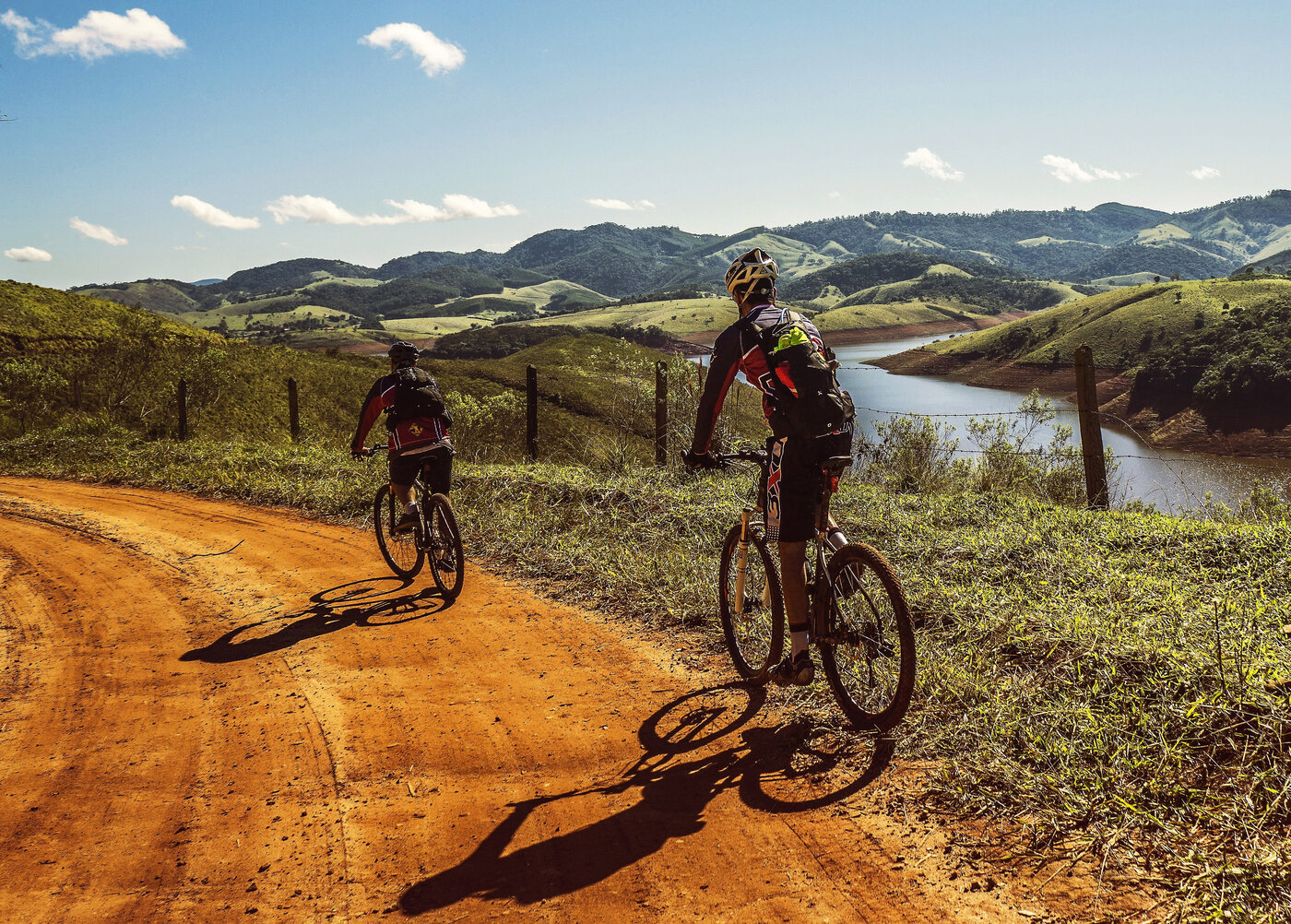
Check out our quick guide to the key components and frame geometry that make a mountain bike a great mountain bike.
Mountain Bikes have suspension to smooth the rocks and roots on rough trails. Mountain bikes come in 3 main wheel sizes. 26” wheels are nimble, 29” wheels are fast rolling and 27.5” (also called 650b) wheels are a compromise between the two. MTB wheels are wrapped in knobbly tyres for confident grip on loose terrain.
Hardtail bikes with front suspension forks are great for cross-country and recreation. Full suspension mountain bikes have front and rear travel to ride more challenging trails. Trail bikes are best suited for trail centre loops as they combine climbing efficiency with descending prowess. An enduro full sus MTB or downhill mountain bike offers more capable performance on the descents. A downhill bike is a specialist machine built for stability and performance.
Mountain bikes break down into the following sub categories, and these divisions are based roughly upon the type of suspension and amount of suspension travel, although the frame geometry is very different on each type of bike, with aggressive downhill bikes having a much slacker angle for the forks (the forks slope forward more).
- Cross country (XC). Hard tail or 80 to 120mm of travel
- Trail. 120 to 160mm travel
- Enduro. 140 to 170mm travel
- Downhill / Freeride (Big Mountain) 180 to 220mm travel
- Snow and Sand (but many riders use them all year round on normal tracks)
- Fat bikes. No suspension just big fat tyres

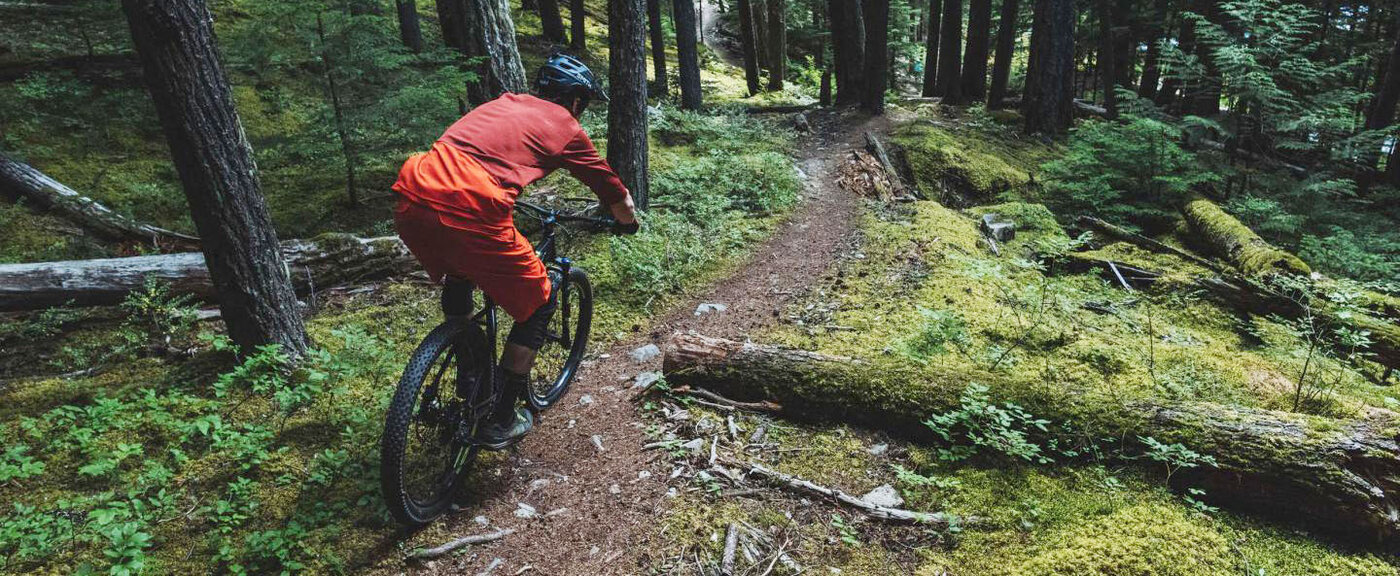
Our quick guide to Utility / Commuter bikes and the practical features they use to make riding a more comfortable experience.
Utility / Commuter bikes are designed for getting from A to B rather than going for a ride just for the pleasure of it.
Because of this they are a much more practical proposition and usually come with mud guards to help protect the rider in poor weather conditions and racks to carry luggage, if they are an e-bike, they usually come with pre-installed lights that run off the drive battery and a stand.
Been practical though doesn't mean you have to sacrifice fun and style, and our range of commuter / city bikes offer you both.
